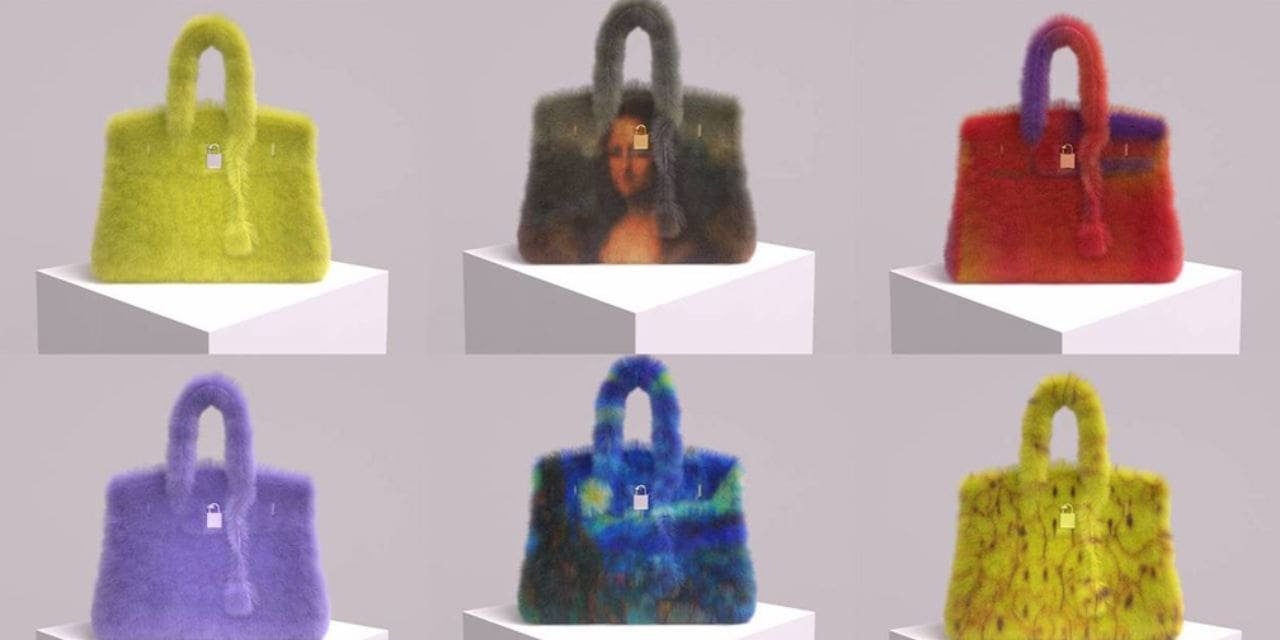The highly publicized ‘Metabirkins’ case, which has garnered significant attention in the Web3 and fashion communities over the past year, may finally be nearing its conclusion. Luxury powerhouse Hermès has been successful in its bid to permanently restrict artist Mason Rothschild from selling non-fungible tokens (NFTs) that resemble the iconic Birkin bag. A jury ruled that these NFTs violated Hermès’ trademark rights.
US District Judge Jed Rakoff made the ruling in a Manhattan court, stating that a permanent injunction was necessary to prevent any confusion among consumers and protect the reputation of the company. The decision came after Hermès had previously won a case against Rothschild in April 2023, where it argued that the artist had intentionally infringed on its trademark to profit from the sale of digital assets.
The conflict began when Rothschild released 100 NFTs in December 2021 that bore a striking resemblance to Hermès’ signature Birkin bag. In response, Hermès filed a trademark lawsuit in January 2022 to protect its intellectual property.
Despite winning the initial case and being awarded $133,000 in damages, Hermès remained steadfast in its efforts to block the sale of the NFTs. It emerged that Rothschild had continued to market and receive royalties from the digital assets even after the trial had concluded.
In the most recent development, Judge Rakoff granted Hermès’ request to permanently block Rothschild from selling the NFTs. However, he did not order the artist to transfer the remaining NFTs out of an “abundance of caution” in order to address potential First Amendment concerns.
The ‘Metabirkins’ case has been closely watched by both the Web3 and fashion communities due to its implications for the intersection of art, digital assets, and intellectual property rights. The rise of NFTs has brought about new challenges in determining ownership and the boundaries of artistic expression. This case highlights the need for artists and creators to tread carefully when referencing or replicating trademarked designs.
As the ‘Metabirkins’ case draws to a close, it serves as a reminder to the industry that the world of digital art and NFTs is still evolving. Artists and brands alike must navigate this landscape with caution, respecting intellectual property rights while also embracing the creative possibilities that new technologies offer.

